Description
The AT522NC amplifier breaks new ground. It’s the first ATI amplifier to use micro-processor control for turn-on delay and feature automatic AC voltage recognition and configuration. The amplifier recognizes whether it’s hooked up to 120V or 220V nominal power and automatically self-configures. The amplifier also incorporates a new and novel “sleep” circuit. When the amplifier receives no input signal for a period of 10 minutes, power is removed from the output modules and a front-panel LED begins to flash. As soon as an input signal is detected on any channel, normal playback operation resumes instantaneously.
AC voltage recognition and configuration. The amplifier recognizes whether it’s hooked up to 120V or 220V nominal power and automatically self-configures. The amplifier also incorporates a new and novel “sleep” circuit. When the amplifier receives no input signal for a period of 10 minutes, power is removed from the output modules and a front-panel LED begins to flash. As soon as an input signal is detected on any channel, normal playback operation resumes instantaneously.
Per Morris Kessler, ATI’s president and chief engineer, “We are excited to offer amplifiers with ATI’s legendary high performance and reliability in designs that reduce amplifier weight by up to 50%.”. And, with rated distortion below 0.02% and signal-to-noise ratio of -123 dB (minimum, referenced to rated output), each amplifier in the series is capable of playing back the full dynamic range available on today’s lossless recordings.
All NC Series Amplifiers are Class D using N-Core Technology and Linear Power Supplies with Automatic 117 / 230 Voltage selection in a 3 RU chassis.
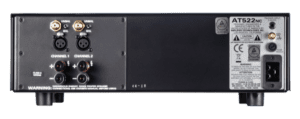 Because Class D Power Amps are 90% efficient, they can convert 90% of the electricity they consume into watts you can hear, only 10% of the electricity turns into heat Class AB Power Amps are 50% efficient, they can convert 50% of the electricity they consume into watts you can hear, the other 50% is dispersed as heat into the air by large heat sinks that channel the heat away from the amp.
Because Class D Power Amps are 90% efficient, they can convert 90% of the electricity they consume into watts you can hear, only 10% of the electricity turns into heat Class AB Power Amps are 50% efficient, they can convert 50% of the electricity they consume into watts you can hear, the other 50% is dispersed as heat into the air by large heat sinks that channel the heat away from the amp.
Class D design requires a much smaller chassis because it stays cool during operation which translates into a lower production cost and retail price with no sacrifice in performance. In fact, today’s Class D amps outperform the Class AB designs with lower distortion and noise, lower weight, and much lower cost. Its modern thinking at its best. More power, less money, better sound….that’s ATI Class D power amps.


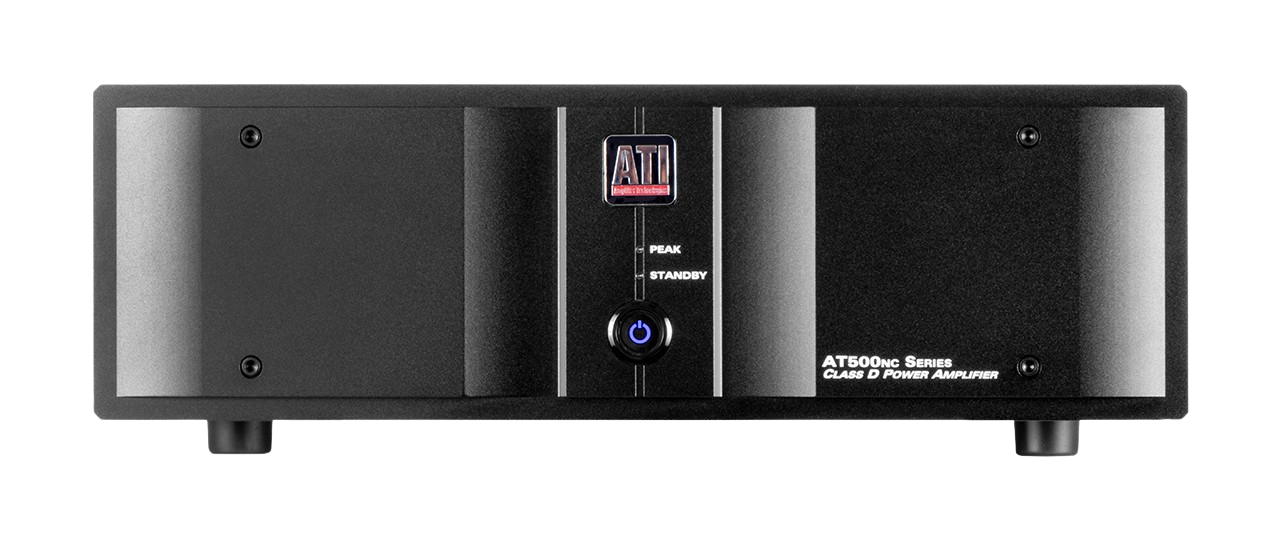
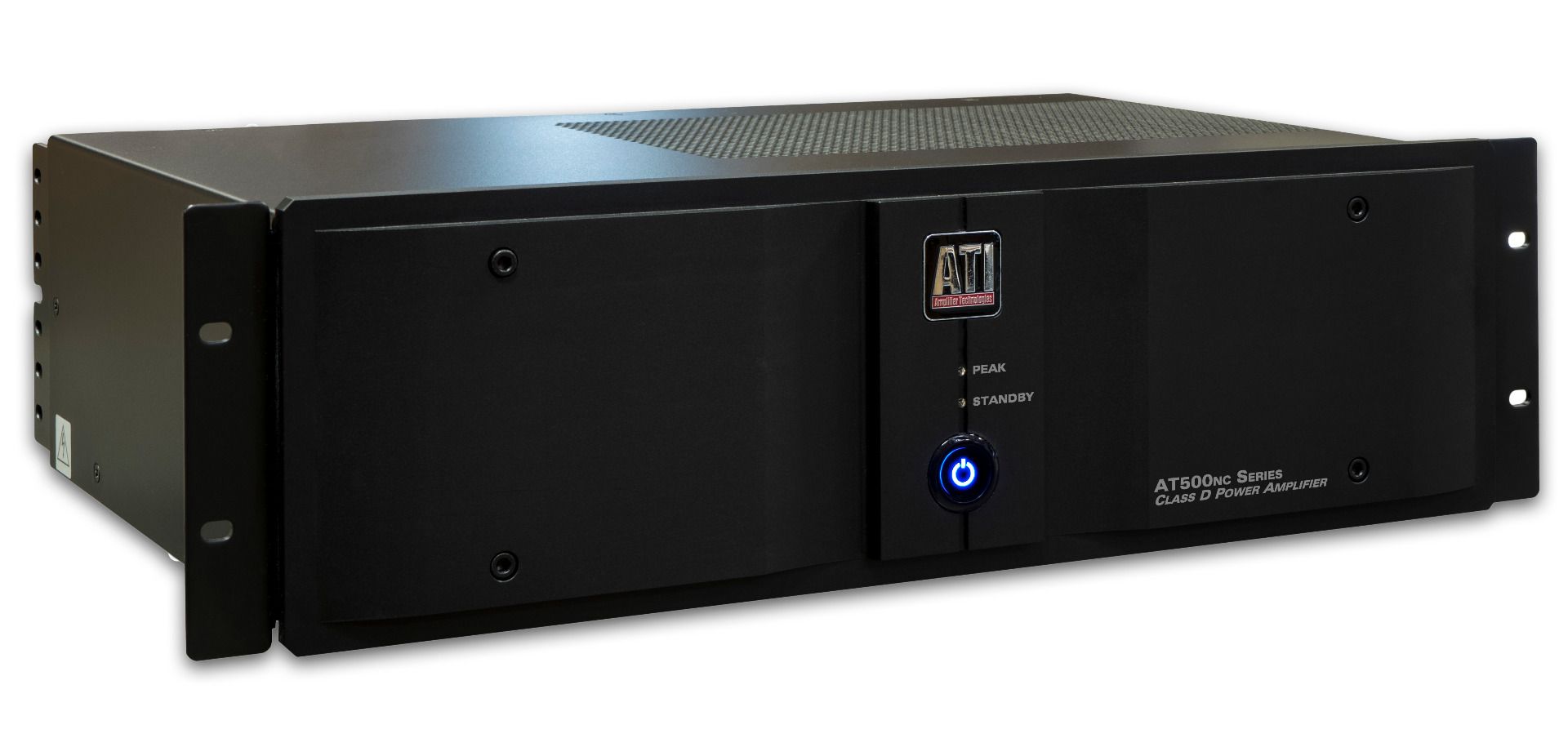
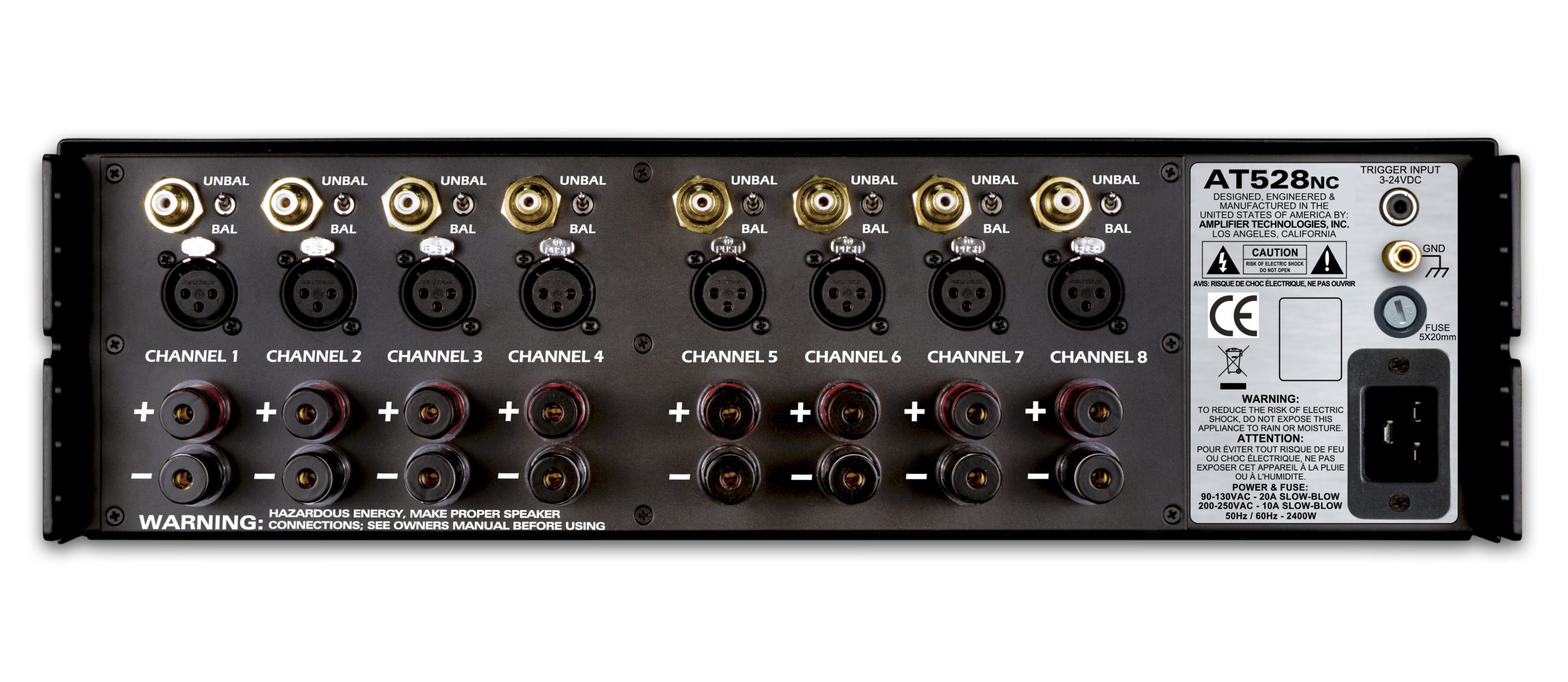
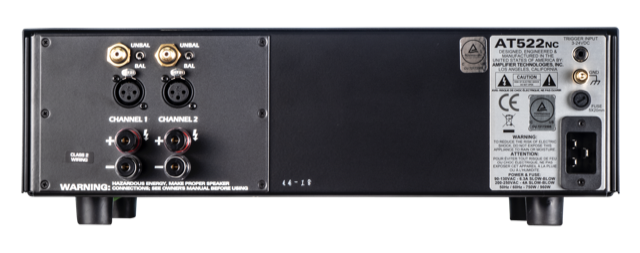
David Vaughn, Sound & Vision, May 2017 –
David Vaughn, Sound & Vision, May 2017 – December 15, 2020
“As you can probably tell, I really liked these ATI amps. They offer everything one would want: powerful dynamics and uncolored sound. Given their Class D architecture, they run extremely cool compared with my main reference Class A/B amp—which isn’t such a benefit in the cold of winter but will be a godsend come summer. And now I’m really looking forward to summer because I liked these amps so much, I actually bought them as an upgrade to replace my Parasound A 51, a well-established audiophile/videophile favorite that has been my reference for many years and through many other amplifier reviews. That’s quite an accomplishment for these ATI amps, but I feel confident in saying they deserve to be placed in the same high-end category—and they represent extraordinary value to boot. I can’t recommend them enough.” David Vaughn, Sound & Vision, May 2017
Amir M, Publisher of Audio Science Review, Nov 2019 –
Amir M, Publisher of Audio Science Review, Nov 2019 – December 15, 2020
“The ATI AT522NC seems like a solidly built amplifier based on Hypex NC500 modules. ATI builds amplifiers for many other companies and this competence shows up in this review. Performance is of course limited by what the NC500 module can do. Use of linear power supply defeats the size and weight advantages of common class D amplifiers. It may provide better peak power rating — something I wanted to test but forgot. 🙂
Overall, I can recommend the ATI AT522NC stereo amplifier.” Amir M, Publisher of Audio Science Review, Nov 2019
Rich B, Audioholics May 2019 –
“The AT522NC woke up the Revel M20’s, adding fun to many familiar recordings. Female vocals lifted, presenting a great emphasis on dynamics and sibilants. The dynamic and hard-mic’ed vocals on Sarah Jorosz “Undercurrent” (HDTracks 96/24) are not forgiving on any system. Driving the Salon2s, the AT522NC drum strikes hit hard, demanding attention, clearly capable of delivering room-shaking bass from the Salon2’s woofers. The AT522NC is no lightweight amplifier but the weight and heat reduction are benefits worth considering. ATI’s NCore amps are popular for Home Theater. Judging from ATI’s styling, they are clearly targeting that market.
Class-D has been described as dark and often lacking bass when driving difficult loads. This is not the case with the AT522NC.”
Rich B, Audioholics May 2019
Brent Butterworth, Home Entertainment & Design – December 15, 2020 –
“ATI has one refinement on which practically every authority, from the ultra-conservative “everything-sounds-the-same” engineer to the rarified audiophile, agrees: fully differential construction. Author G. Randy Slone, the expert who wrote High Power Audio Amplifier Construction Manual, describes differential construction as the “Cadillac” of amplifier designs; consider this accolade the highest level of compliment and forgive his limited familiarity with luxury automobiles.
Intimidating as it may sound, fully differential construction is fairly easy to understand. A differential (or mirror-image) amplifier uses two identical amplifier circuits, where only one was used before. One amplifies the positive half of the audio signal; the other amplifies the negative half. This design cancels out noise that ordinary amplifiers would pass on to your speakers. It also operates at twice the speed of an ordinary amp. Of course, doubling up on circuits adds considerably to the cost of manufacturing, so fully differential construction is rare, found mainly in very high-end, audiophile-oriented amps.” Brent Butterworth, Home Entertainment & Design
AVS Forum – December 15, 2020 –
Audio Visual Science Forum Dec 2019
ATI’s “True Balance” Differential Design Architecture
“Getting back more specifically to amps, I really need amplifiers that can do certain things for me, and the ATIs have all that, plus more. I want to go full balanced instead of single ended, and ATI handles that, plus the “true balance” differential design architecture of the amp really fits the bill for me. I want lots or headroom, and with three 200W channels per amp being fed off two gigantic toroidal transformers, there’s no bottom to this well–or at least I can’t find it.
About that 200W/channel–it’s not really true. Are they liars? Well, no, my actual measurements find them to be running about 210-220+W/channel, all channels driven from full range 20Hz to 20kHz noise. So it’s not your typical, lame 200W/channel with one channel driven only at 1kHz.
A nice surprise is the soft start circuitry. I have a single 20 Amp circuit dedicated to this system, and with the amps connected via DC triggers to the pre, a push of the on button brings the whole system up in an orderly fashion, without pops, thumps, thrown breakers, or house wide brown outs. I can take the Niles IPC6 sequencer right out of the system.
All in all, I got everything I needed in an excellent pair of amps at a great price, made locally in CA, USA. Plus, I didn’t pay extra for what I didn’t need: fancy billet Aluminum front, big prestige brand name, expensive marketing campaign, and huge overhead. Instead, when looking at them up close, I can see the quality construction, the attention to detail, the careful engineering, and the thoughtful, useful feature set.
These are well worth the $$$$.”